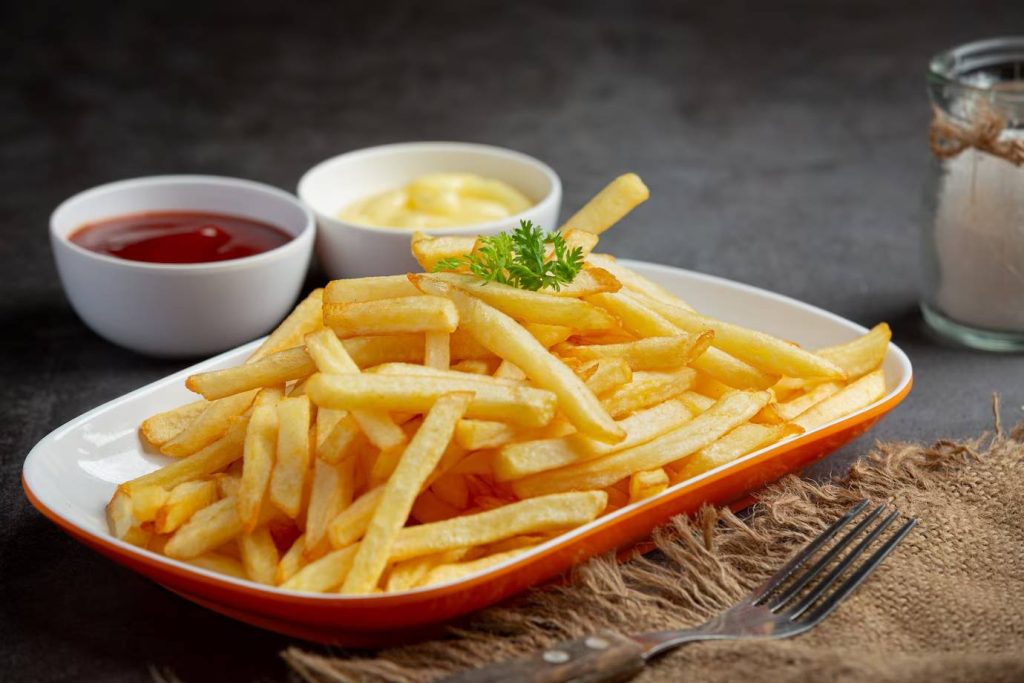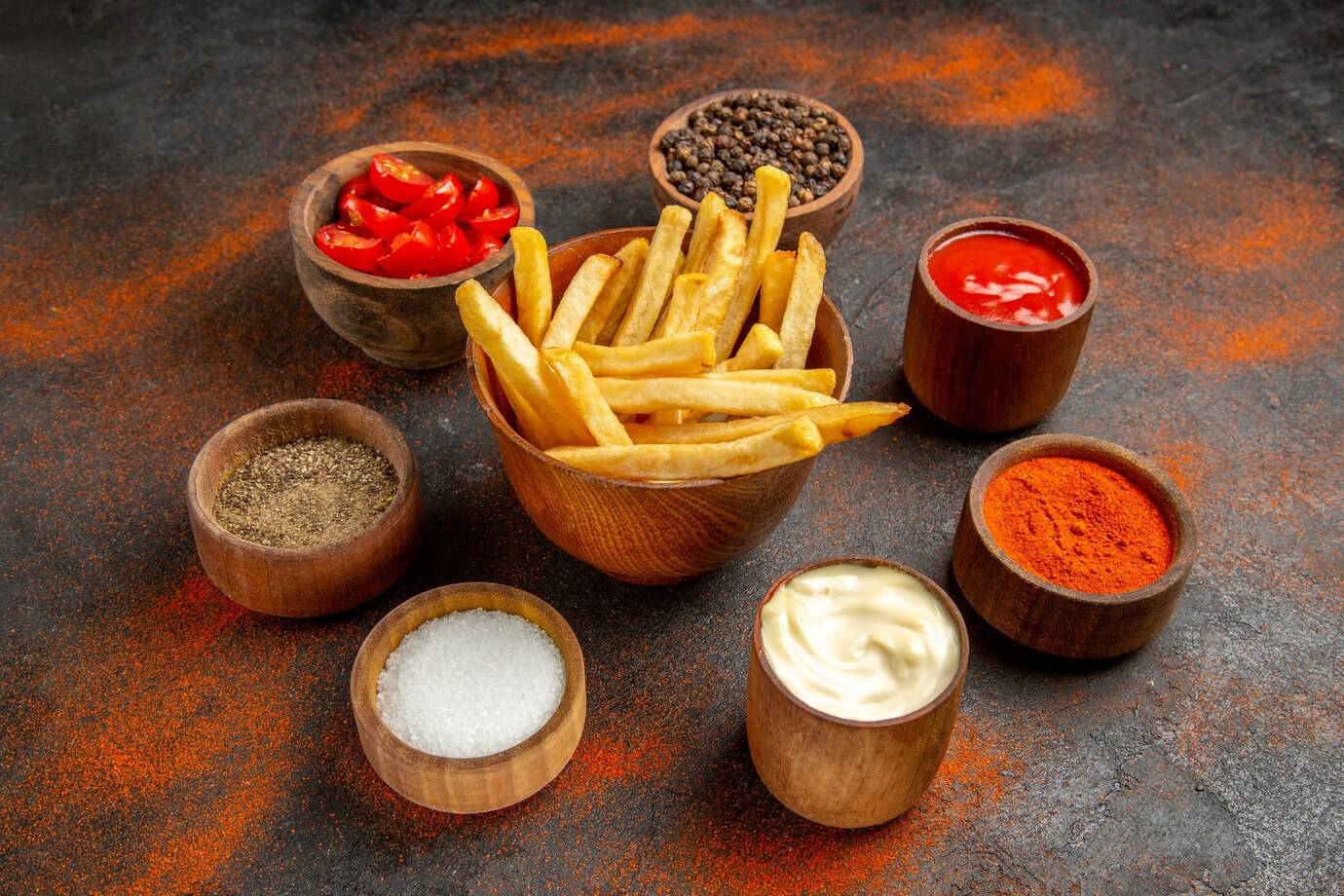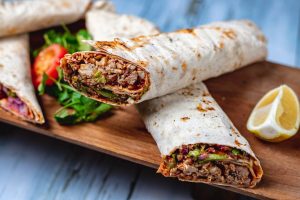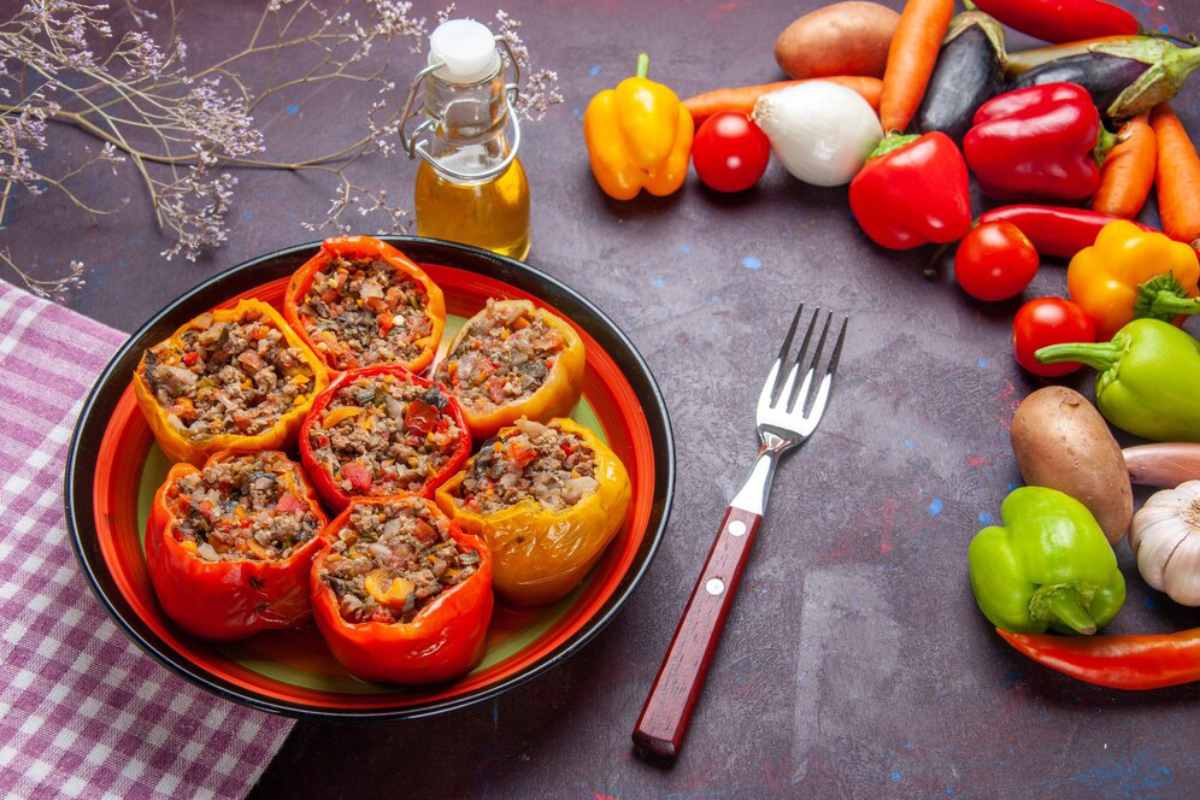The Automobiles Blog

Belgian fries, street food in Belgium, crispy fries
Belgian fries have become a culinary trend that has spread worldwide. But what makes Belgian fries so different from the ordinary fries served on fast food menus all over the world? These golden, crispy nuggets are a common sight in Belgian street food, but they’re also a source of national pride, often served in a paper cone with an array of dizzying sauces.
Though you may have already browsed the cobbled streets of Brussels or stumbled into a Belgian friterie at a food festival, the magic of Belgian fries is challenging to resist. Yet, behind their simple façade, they have a history rich in heritage, craftsmanship and tradition.
This is the story of the history, special preparation methods, and cultural importance that make Belgian fries far above just a side dish and have turned them into a world-famous dish. By the end, you’ll understand why they’re often hailed as the best fries in the world—and why one serving is never enough.
The Origins of Belgian Fries
A Deep-Fried Mystery: Belgium vs. France
The debate over who invented fries continues to stir friendly rivalry between France and Belgium. While the French may claim “French fries,” many Belgians argue that the technique and tradition of frying potatoes twice originated in the Meuse Valley as early as the late 17th century.
According to Belgian lore, villagers who normally fried small fish during winter turned to potatoes when rivers froze over. They sliced potatoes into fish-like shapes and fried them, creating what we now know as Belgian fries.
Recognised by UNESCO
In 2014, Belgium sought UNESCO cultural heritage status for its fry culture, highlighting the significance of the friterie as more than just a fast-food stop. These local establishments are woven into the social fabric of Belgian life, showcasing regional identities and family traditions.
What Sets Belgian Fries Apart?
1. The Double-Fry Method
Belgian fries owe their crispy exterior and fluffy interior to a precise cooking method:
- First fry: Potatoes are fried at a lower temperature (around 130–150°C) to cook them through.
- Cooling period: Fries are removed and rested, allowing moisture to escape.
- Second fry: A hotter oil (around 180°C) crisps the outer layer to golden perfection.
This dual-frying technique creates a unique texture that fast food chains can rarely replicate.
2. Bintje Potatoes: The Star Ingredient
The preferred variety for authentic Belgian fries is the Bintje potato—a Dutch cultivar known for its high starch content and low moisture. These characteristics ensure the fries hold their shape and crisp beautifully during cooking.
Other suitable varieties include:
- Agria
- Maris Piper
- Russet Burbank (used in international adaptations)
3. Fried in Beef Dripping or Horse Fat
Traditionally, Belgian fries are fried in animal fat, particularly beef dripping or horse fat, which imparts a rich, savoury flavour. While vegetable oils are more common today due to health and dietary considerations, many artisanal fritteries still offer fries prepared the old-fashioned way for those seeking the most authentic experience.
Belgian Fries and the Street Food Scene
A National Treasure
In Belgium, fries are not just a side but a national treasure. You’ll find them served with everything from mussels (moules-frites) to steak (steak-frites) or simply on their own with a dollop of mayonnaise or andalouse sauce.
Friteries, also known as frietkots or fritkots, dot the cities and countryside alike. These small vendors are often family-run, offering freshly fried batches with a menu of over 20 sauces.
Popular Sauces in Belgium:
- Mayonnaise (a staple)
- Andalouse (spicy tomato and mayo blend)
- Samurai (mayo with hot chilli)
- Tartar, Curry Ketchup, and Americaine
Affordable & Accessible
A cone of fries from a local friterie is often cheaper and more filling than fast food alternatives, making it a beloved option for students, families, and tourists alike.
The Cultural Importance of Fries in Belgium
More Than Just Food
In Belgium, fries play a role in social and family life. Sharing a cone of fries is a casual ritual that transcends class and age, and many locals have a “go-to” friterie that has served generations of the same family.
Fry Stands in Pop Culture
Belgian cinema, literature, and music frequently reference friteries as a symbol of home and community. Events like Frites Day further highlight the role of fries in national identity, often including free samples and community celebrations.
How to Make Authentic Belgian Fries at Home
Craving that perfect crisp and tender bite? Here’s how to recreate crispy fries Belgian-style in your kitchen.
Ingredients:

- Bintje or Russet potatoes
- Beef dripping or high-smoke point vegetable oil
- Salt
- Sauce of choice
Method:
- Peel and slice potatoes into thick sticks (around 1cm wide).
- Soak in cold water for at least an hour to remove excess starch.
- Pat dry thoroughly with a clean towel.
- First fry at 140°C for 5–7 minutes. The fries should be soft but not browned.
- Cool and rest for 30 minutes or more.
- Second fry at 180°C until golden brown (around 2–3 minutes).
- Drain and salt immediately, then serve with sauce.
Pro Tip:
For an authentic flavour, serve in a paper cone with a generous helping of andalouse or mayonnaise.
Belgian Fries Around the World
International Influence
As street food from Belgium gains global recognition, more international eateries are introducing Belgian-style fries. From gourmet food trucks in London to Belgian bistros in New York, the double-fried technique is catching on.
Some popular global interpretations include:
- Canadian poutine (fries with gravy and cheese curds)
- Dutch patat oorlog (fries with mayonnaise, satay sauce, and onions)
- British curry chips (thicker chips served with curry sauce)
While inspired by Belgian fries, these variants are regional takes that highlight the global versatility of the humble potato.
Health Considerations
Are Belgian Fries Healthy?
Let’s be honest—fries are an indulgence. The double-frying process and use of animal fats mean they’re not the healthiest snack. However, moderation and high-quality ingredients can make a difference.
Healthier adjustments include:
- Using air fryers for lower oil content
- Swapping animal fats for sunflower or canola oil
- Pairing with lean proteins or vegetable-based sauces
The Golden Legacy of Belgian Fries
Belgian fries are not just a snack but a culinary craft, a cultural symbol and a point of national pride. They’ve earned worldwide fame, from their storied past to their exacting preparation and inclusion in Belgian social life.
If you’ve never had true Belgian fries, now is the time to seek a proper friterie or make your own at home. With the right ingredients and love, you can feel the crispy, golden magic that makes Belgian fries unique.
And are you ready to experience the authentic taste of Belgium? Whether on the road or in your kitchen, you don’t want to miss this dish. Learn all about Belgian cuisine and classic street food through our blog—and let your mouth go on a journey.








